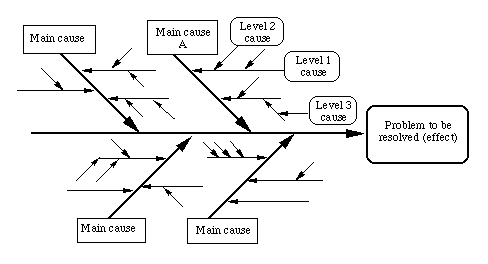
- ISHIKAWA DIAGRAM HEALTHCARE PRO
- ISHIKAWA DIAGRAM HEALTHCARE SERIES
- ISHIKAWA DIAGRAM HEALTHCARE DOWNLOAD
- ISHIKAWA DIAGRAM HEALTHCARE FREE
This is often used in a service organization and include categories like systems, surroundings (like environment or mother nature in other versions), skills (people), suppliers. That means any team could use it for any reason. It leaves everything open to be specific to the topic at hand. the team starts by thinking of their own categories. Rather than starting with the method, materials, etc. This version doesn’t have any predetermined categories, so it is the most flexible. Here are a few more you may find helpful. It covers all the major aspects we come across in a manufacturing setting. Most of the time, manufacturing teams will use these six categories in their Fishbone Diagrams: Machine, Methods, Measurements, Materials, Manpower, and Environment. Existing types of Fishbone Diagrams 5M/1E (Standard Manufacturing) Fishbone Diagram
ISHIKAWA DIAGRAM HEALTHCARE FREE
Canva, a free graphic design platform, will also help you make a Fishbone Diagram in exchange for your email address.
ISHIKAWA DIAGRAM HEALTHCARE DOWNLOAD
Scroll to the bottom of that page to download the Excel template. ASQ also offers a Fishbone Diagram builder to make the setup process easier. There are the variations that can tailor the cause and effect diagram to your specific situation. Along the way, you may also discover other issues or causes for other effects. Eventually, you’ll come up with the root cause. This helps you narrow the possibilities to a list of most likely causes and test from there.
ISHIKAWA DIAGRAM HEALTHCARE SERIES
Once you’ve added enough data to be helpful, dive into evaluating each one with a series of questions – Why’s. how the problem is showing up on the manufacturing floor). Each branch is a category.įor each category, brainstorm specific things that could be causing the effect, or symptom (i.e. It’s called a Fishbone Diagram, because it looks like a fish skeleton with the symptom, or effect of the cause, as the head and potential causes branching out from the spine. It is used to first brainstorm the potential causes of a problem, then narrow potential causes to find the root cause and move on to a solution. The Fishbone Diagram is also known as the Cause and Effect Diagram, C&E Diagram, or the Ishikawa Diagram, named after its inventor Kauoru Ishikawa, organizational theorist and engineering Professor at The University of Tokyo. The key is to choose the one that best fits the problem you’re addressing. Simple as it may be, even the fishbone diagram has several different structures for different purposes. There are many ways to do this and the Fishbone Diagram is one of them. Soon after, you’ll need to identify the cause.
ISHIKAWA DIAGRAM HEALTHCARE PRO
The relations diagram example "Health care" was created using the ConceptDraw PRO diagramming and vector drawing software extended with the solution "Seven Management and Planning Tools" from the Management area of ConceptDraw Solution Park.Identifying a problem is just the beginning. Though the causes and effects are typically related to changes or events, candidates include objects, processes, properties, variables, facts, and states of affairs characterizing the causal relation can be the subject of much debate." (Intervening factors are sometimes called "intermediate factors".) The connection between a cause(s) and an effect in this way can also be referred to as a causal nexus. A direct factor is a factor that affects an effect directly, that is, without any intervening factors.


Anything that affects an effect is a factor of that effect. In common usage, causality is also the relation between a set of factors (causes) and a phenomenon (the effect). "Causality (also referred to as causation) is the relation between an event (the cause) and a second event (the effect), where the second event is understood as a consequence of the first. The process of creating an interrelationship digraph helps a group analyze the natural links between different aspects of a complex situation." This tool displays all the interrelated cause-and-effect relationships and factors involved in a complex problem and describes desired outcomes.


 0 kommentar(er)
0 kommentar(er)
